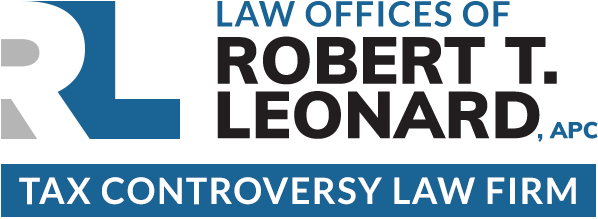State and federal law requires business owners to classify their workers in one of two categories: employee or independent contractor. The designation is important, as it will impact a business’ tax obligations, insurance needs and requirement to pay overtime. The Internal Revenue Service (IRS) notes that business owners should consider the amount of behavioral control, financial control, and the overall relationship they have with their workers when making this determination.
Although the guidelines for classification provided by the IRS are helpful, they are not the end of the determination. It is important to also take state law into consideration. As this area of law is always evolving, this is no easy task. In California, the courts and lawmakers recently adjusted the state’s rules regarding this matter. To make matters even more complex, a more recent court case from just a few months ago confirmed that the update to classification rules is retroactive.
How will this case impact my business?
Business owners will likely need to reevaluate worker classification. In 2018, California’s Superior Court updated worker classification when it adopted the A-B-C test with its ruling in Dynamex Operations West, Inc. v. Superior Court of Los Angeles and in 2019, AB 5 codified that court ruling into state law. This also put the burden of establishing a worker as an independent contractor on the employer, essentially operating under the presumption workers are employees.
Lawmakers further expanded the court’s decision with Assembly Bill 2257 in 2020, updating the requirements of AB5 and requiring employers to establish the following to meet this burden:
- Control. First, to establish a worker is an independent contractor and not an employee, the employer must show that the worker is free from their control and direction in performance of the completed work.
- Workday. Next, the business owner will need to show that in addition to the work required by the employer, the worker also completes other forms of work during the workday. Essentially, that the worker is not only doing work for the employer.
- Background. Finally, the employer must show the work the worker is completing is within the worker’s wheelhouse — that the worker was already doing this type of work before taking on the tasks given by the employer.
It is important to stress that the business owner must establish all three of the elements noted above to show that the worker is an independent contractor.
Although the court in Dynamex did not touch on whether this holding was retroactive, the California Supreme Court took on this question in another case. On January 14, 2021, in Vasquez v. Jan-Pro Franchising, Inc., the court ruled that legislative measures, such as the test developed in Dynamex outlined above, are retroactive.
How can I avoid a violation?
Business owners that find themselves facing allegations of a violation are wise to reach out to a tax professional that has experience in this niche area of tax law.
What happens if I misclassify my workers?
A failure to properly classify workers as employees can result in steep fines from both the IRS and CA state authorities. Depending on the details of the allegations, the authorities may consider criminal charges as well. As such, it is important to take any allegations of misclassification seriously. A defense strategy tailored to your situation can help to mitigate the damages.
